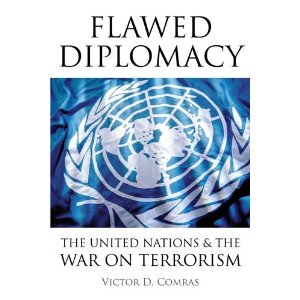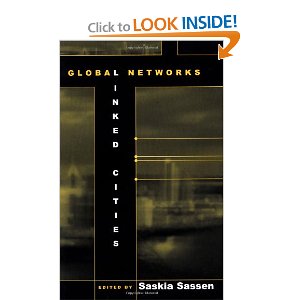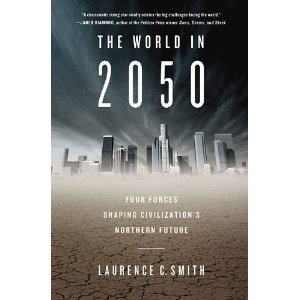
Victor C. Comras
![]() Not for the General Reader, VERY Focused on Bureaucracy
Not for the General Reader, VERY Focused on Bureaucracy
December 1, 2010
The price is excellent. You cannot get a better deal than $20 for a book of this substance. HOWEVER, this is not a book for the general reader. It would be excellent as a paperback for a senior or graduate course, akin to The Army Gets an Air Force: Tactics of Insurgent Bureaucratic Politics, but as a negative case study.
Going through the book I recognized several issues that could be corrected or could be addressed by other readings. For what it sets out to do, document the agonizing inertia and general lack of savoir faire of the United Nations bureaucracy and its political protocols, it is as good as anything I have seen.
It desperately needs some charts, timelines, anything to spice up the dry text. Even photographs. I would have liked more comparative information, such as side by side depictions of where different elements came down or different countries came down, on specifics.
The author strives to provide some historical background but gets it wrong on more than one occasion, to be expected when someone is not steeped in history or reading very deeply across the literature. Below I list some books that have helped me appreciate the larger context of terrorism as a symptom, not a threat. Terrorism is directly correlated with US occupation of foreign lands and US support for dictators….this is straight forward and absolutely shut out by those who love war for its selfish power to enrich the few over the many.
Web of Deceit: The History of Western Complicity in Iraq, from Churchill to Kennedy to George W. Bush
The Looming Tower: Al Qaeda and the Road to 9/11 (Vintage)
The Fifty-Year Wound: How America's Cold War Victory Shapes Our World
The Sorrows of Empire: Militarism, Secrecy, and the End of the Republic (The American Empire Project)
Breaking the Real Axis of Evil: How to Oust the World's Last Dictators by 2025
Dying to Win: The Strategic Logic of Suicide Terrorism
Wars of Blood and Faith: The Conflicts That Will Shape the Twenty-First Century
While Europe Slept: How Radical Islam is Destroying the West from Within
American Jihad: The Terrorists Living Among Us
There are many more. See my many books lists, most captured in the two top lists, one positive, one negative, visible at REVIEWS at Phi Beta Iota the Public Intelligence Blog.
This book is fairly priced, well put together, based on deep real experience, and if you want minutia about how screwed up the UN system is on this particular topic (and generally incoherent on all topics), this is the book.








